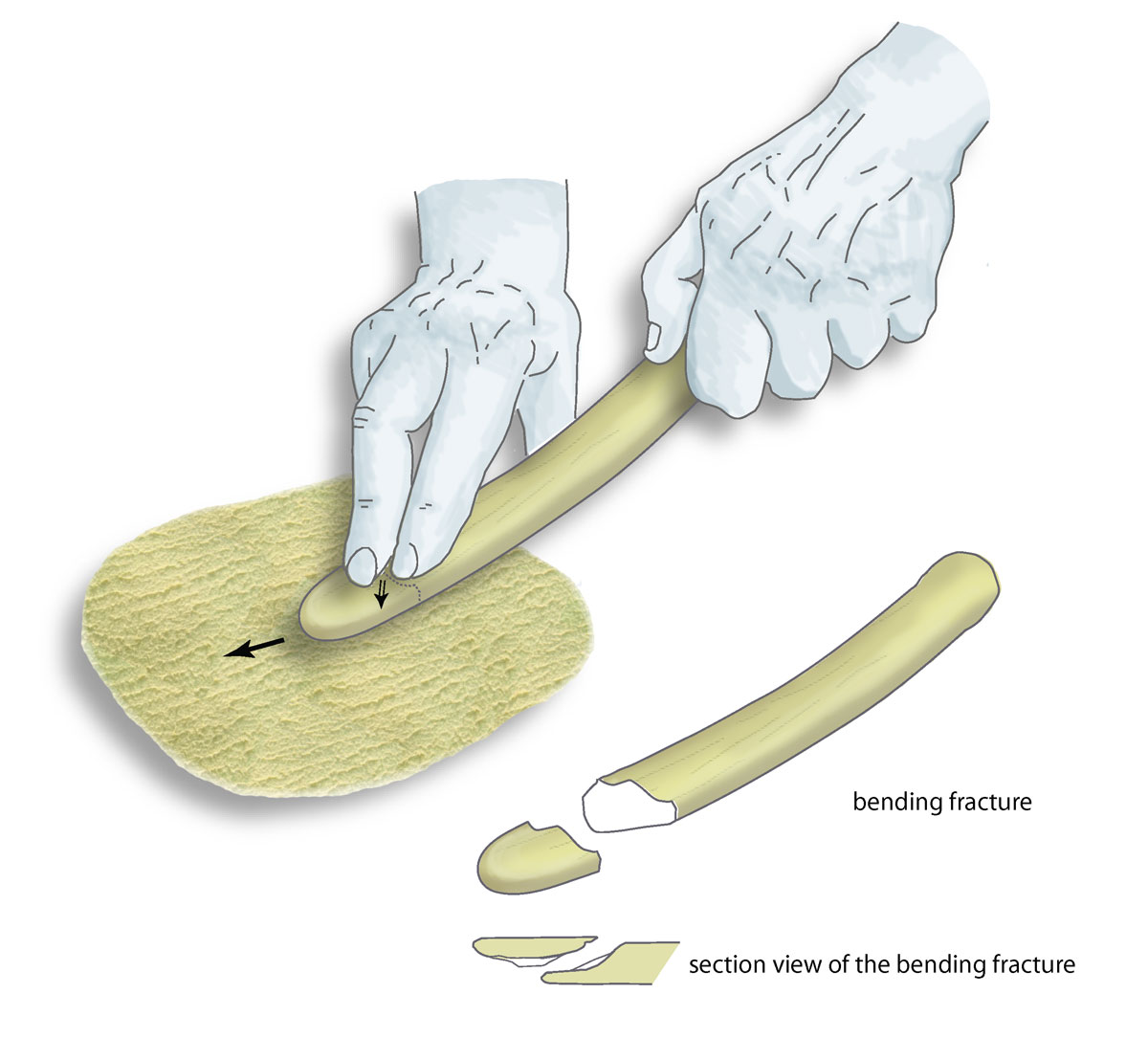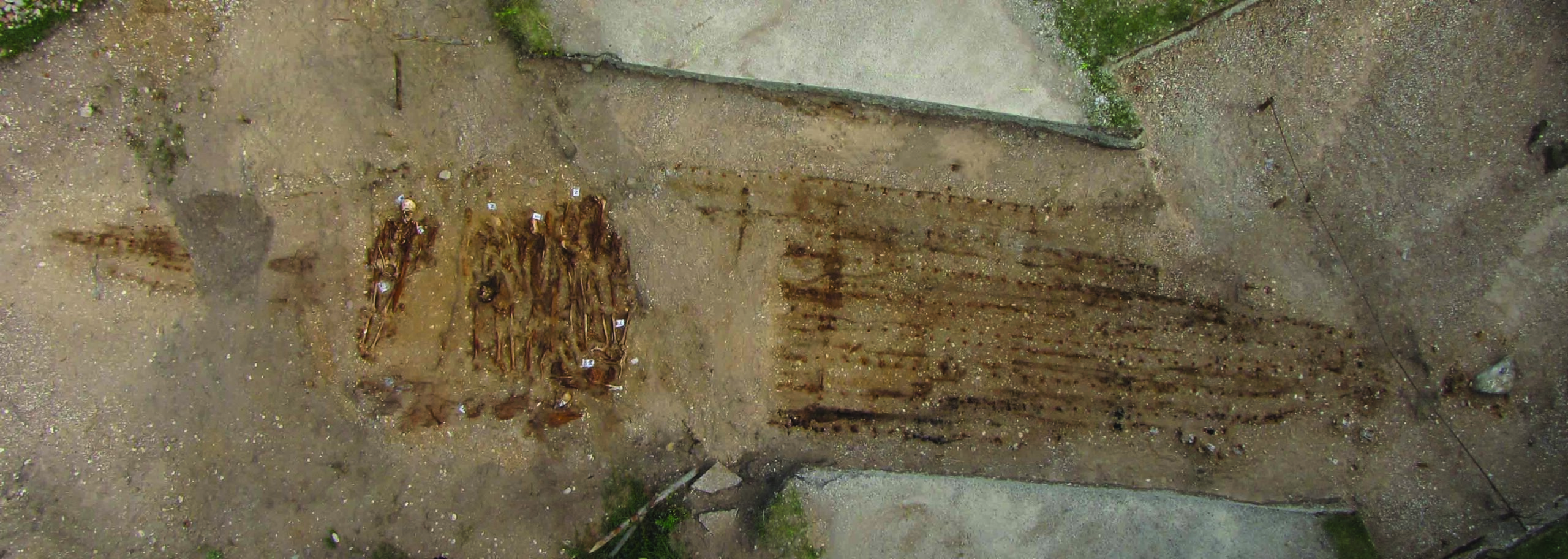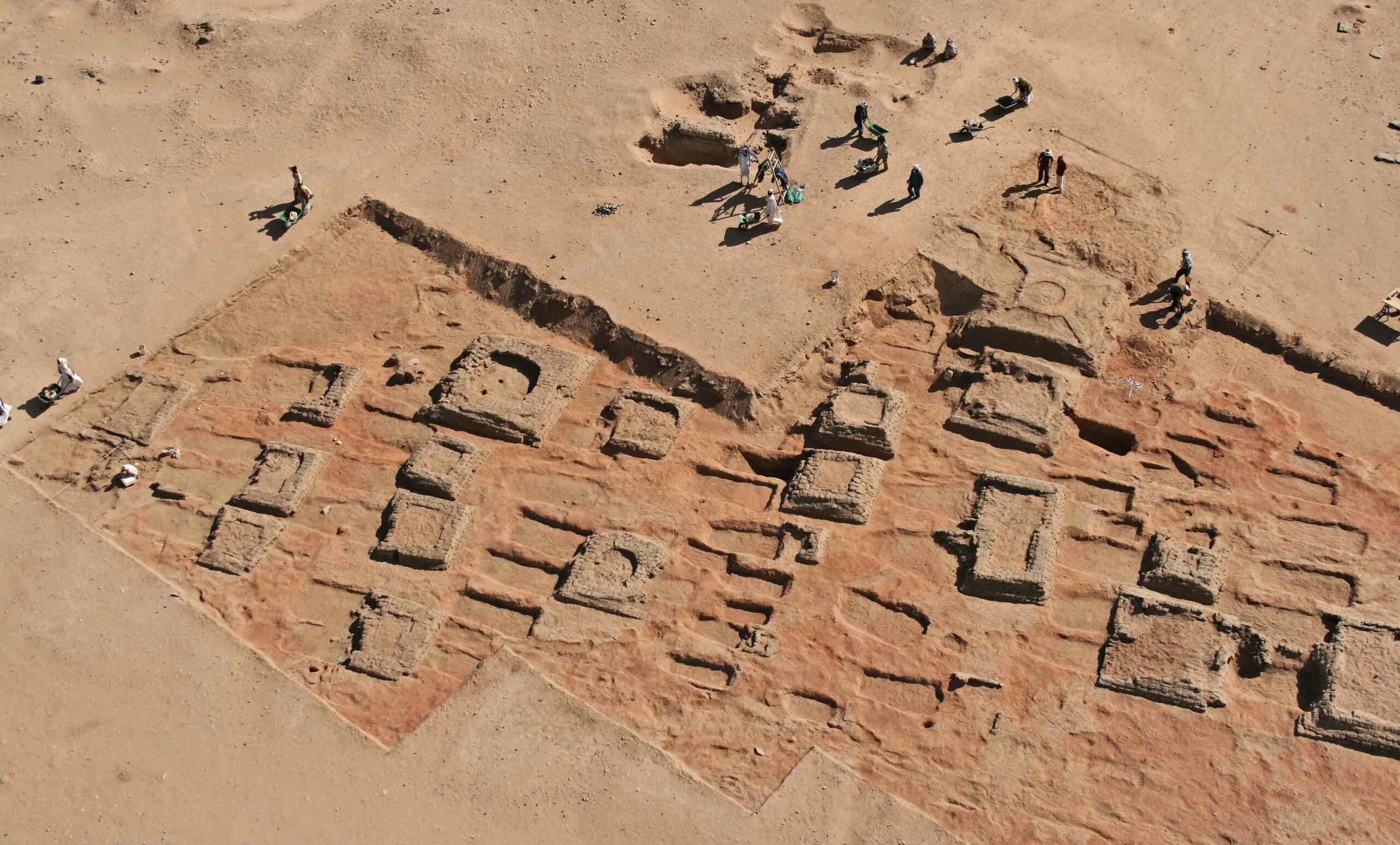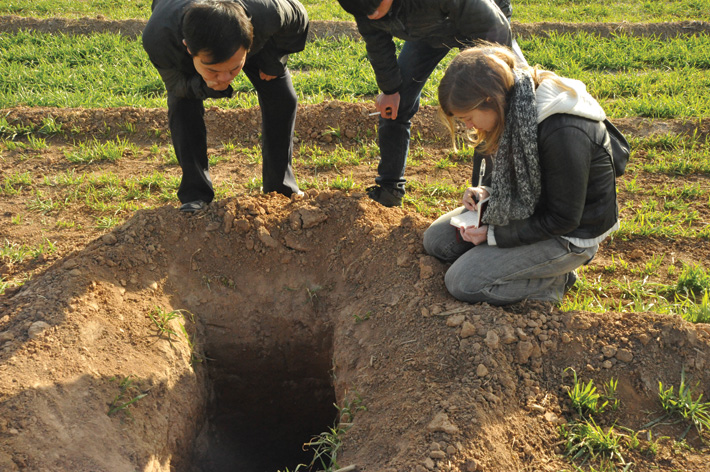
DORDOGNE, FRANCE—Four bone artifacts found at two locations in central France suggest that Neanderthals were capable of making sophisticated tools with a rounded tip for shining animal hides. The tools, three of which were found at Abri Peyrony and one at Pech-de-l’Azé, are known as lissoirs (which means "to polish" in French) and are typically associated with sites where modern humans once lived. But, radiocarbon dating at Abri Peyrony suggests the site is between 41,000 and 48,000 years old, before modern humans made their debut in Western Europe. Dates from Pech-de-l’Azé, obtained using optically stimulated luminescence, indicate it's 51,000 years-old, before humans were known to be in Europe at all.











